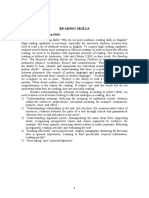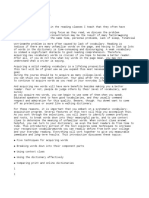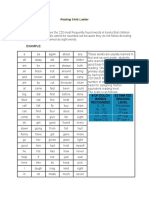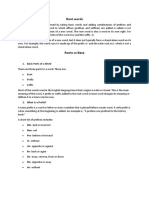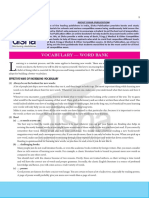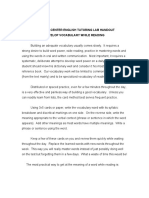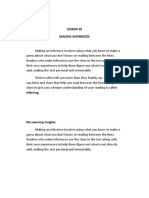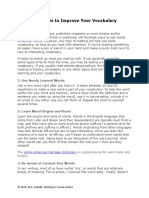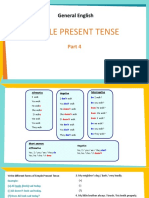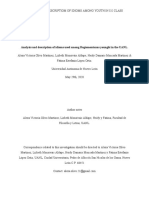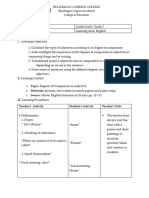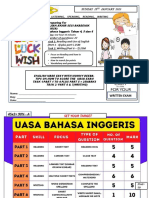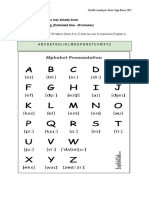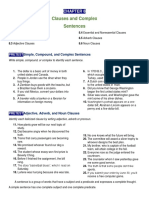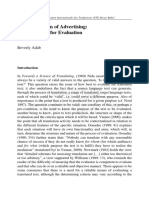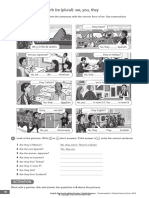Strategies for Building a powerful vocabulary
Strategy 1: check your knowledge of the words used most frequently in English.
Strategy 2: focus on the words used in academic texts.
Research on academic texts has shown that certain words are used very frequently in
these texts. These words allow academic writers to explain or generalize their ideas or
research.
Strategy 3: use the dictionary effectively
A dictionary provides a great deal of other information about a word. It tells the part of
speech of the word, how to pronounce it, and how to divide it into syllables.
Strategy 4: keep a vocabulary notebook
Write new words in a notebook that you use only for vocabulary and not for other course
work. This notebook will help you study vocabulary more effectively.
Strategy 5: use study cards
Study cards can help you review words and make the part of your permanent vocabulary.
Learning new words
Three important things you need to do in order to learn new words:
1. Read a lot
2. Work with a new word in a way that requires ACTIVE THINKING
3. Note how a new word is used
Finding New Words
In order to learn a word, you must encounter it many time, and the best way to make sure
you encounter a word many times is by reading extensively.
Thinking Actively
DO NOT just notice the word and look up the meaning, analyze the word, use the word in
speaking and writing.
Learn How a Word Is Used
After noticing the word and looking up the meaning:
Look closely at the CONTEXT
WRITE DOWN the sentence where you found the word
Word Parts
Many words in English can be broken down into several parts, when you know the
meaning and function of some common word parts, you can:
1. Guess the meaning of some new words
2. Remember the meaning of new words better
� 3. Increase the number of word you know
Words in English can have three parts: root, prefix and a suffix
Root of a word contains the basic meaning.
Ex: happy (adj)
A prefix is a letter or group of letters that is added before the root to change its meaning
Ex: un (not) + happy = unhappy (not happy)
A suffix is a letter or group of letters that is added after the root to change its grammatical
function. When suffixes are added, the SPELLING OF THE ROOT MAY CHANGE.
Ex: happy (adj) + ness = happiness (noun)
Inferring meaning
To infer means to “guess” the meaning from the context.
It may not always be the exact meaning, but it is often the general meaning.
When you infer, you DO NOT use a dictionary.
To infer the meaning from an immediate context:
Analyze the way a word is used in a sentence: what part of speech is it?
Look at the words that are used with it: it is an adjective, what is the noun, is a verb
Think about the topic and the meaning of the sentence: how does the word fit in?
Benefits of inferring while reading
You can continue reading and stay focused on the ideas in the text
It helps you develop a more complete understanding of the word
1It helps you remember the word in the future
� Previewing
Reading Comprehension:
It means: thinking while you read
Making sense of what you read
Remembering what you have read
Connecting the ideas in the text to what you already know
What is previewing?
It is a kind of reading that allows to get a general sense of what a passage, article or book
is about and how it is organized.
Your eyes scan quickly over the page looking for answers to general questions
111111111111111111111111111111111111111111111111111111111111111111111111
1111111111111111111111111111111111111111111111111111111111111




